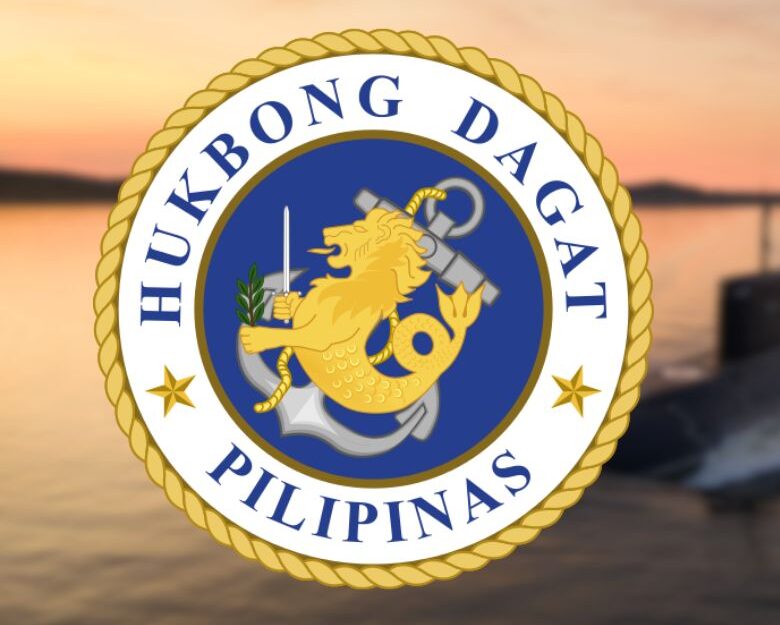
INQUIRER FILES
MANILA, Philippines — The Philippines will no longer send ships to the United States-led Rim of the Pacific (Rimpac) Exercise, the world’s largest naval exercise, which will start on June 27, the Philippine Navy said on Thursday.
Commander John Percie Alcos, Navy spokesperson, told the INQUIRER in a phone interview that the Philippines would only be sending observers to the exercise “due to operational exigencies.”
Alcos said the Philippines was supposed to send one landing dock and one frigate.
READ: PH Navy joins Rimpac naval exercise, to deploy landing dock
“We will not be sending ships. We have so many operations ongoing in-country and we need all our ships here,” he said.
“Due to operational exigencies, we will only be sending observers during this year’s iteration of the Rimpac,” he added.
According to him, the government’s frigates are primarily used for conducting sovereignty patrols in the West Philippine Sea while the landing dock are used for logistical transports across the archipelago.
In 2022, the Philippines sent one of its two guided-missile frigates, the BRP Antonio Luna to join the world’s largest naval exercise.
“So at this moment, with the ongoing operations we cannot afford to send our capital assets outside the country,” he said.
He did give details about the ongoing operations but the Philippine Navy has increased its maritime patrols in the West Philippine Sea in the face of Beijing’s growing aggression in the South China Sea.
Alcos earlier said that the Rimpac “is really important” because all of the countries under the US alliance will be joining the exercise.
The Indo-Pacific Command on Wednesday said the 29 nations involved in the biennial exercise would send 40 surface ships, three submarines, 14 national land forces, and over 150 aircraft.
The Rimpac will be held until August 1 in and around the Hawaiian Islands.
The exercises, according to Indopacom, will include multi-domain warfare in a range of scenarios from anti-submarine warfare, multi-ship surface warfare, multinational amphibious landings, and multi-axis defense of the carrier strike group against live forces.
Alcos said the Philippine Navy personnel will be observing these activities.
Aside from the Philippines that will be sending observers, Southeast Asian countries such Indonesia, Singapore, Brunei and Malaysia, will be joining the biennial naval exercise.
Other countries joining the exercise are Australia, Belgium, Brazil, Canada, Chile, Colombia, Denmark, Ecuador, France, Germany, India, Israel, Italy, Japan, Mexico, Netherlands, New Zealand, Peru, Korea, Sri Lanka, Thailand, Tonga, the United Kingdom and the US.
Security analyst Chester Cabalza, president and founder of Manila-based think tank International Development and Security Cooperation, said the Rimpac is an important naval exercise “that enables to strengthen the confidence building mechanism of naval and maritime countries in the region.”
“This is also an avenue to showcase the latest maritime technological advancements and naval strategies of neighbors and other participating navies in the Indo-Pacific region,” Cabalza told the Inquirer.
“Beyond that it also fosters friendly competition from participating contingents on their navigational skills and bridge deficiencies around the region,” he said.